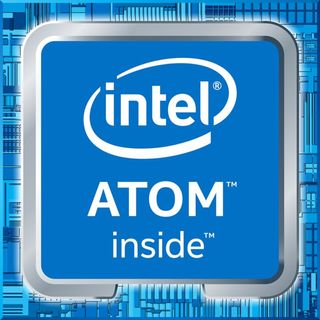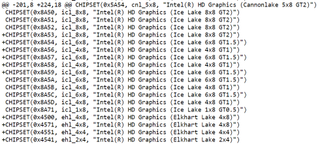
Bugzilla, a well-known bug-tracking website, has listed the graphics configurations for Intel's future Elkhart Lake SoC (system-on-chip), as spotted by German publication ComputerBase.
Elkhart Lake (EHL), as previously covered, is Intel's codename for its future ultra-low power processors. They are expected to use the chipmaker's Tremont microarchitecture. Thankfully, Elkhart Lake won't just be another 14nm rewarm; Intel should produce these parts on the fresh 10nm process node.
Normally, entry-level processors don't draw much attention. However, Elkhart Lake chips incorporate Intel's beefy Gen11 graphics solution, which recently made its debut with the chipmaker's Ice Lake. Intel claims that Gen11 packs up to one teraflop of performance, so you might be able to do some light gaming on the upcoming Elkhart Lake chips.

The bug report from Bugzilla details three possible graphics configurations for Elkhart Lake. The three setups are 4 x 8, 4 x 4 and 2 x 4, resulting in a total of 32, 16 and 8 execution units (EUs). To put things into perspective, Gemini Lake (GLK) employs the Gen9 unit, which maxes out at 18 EUs. The flagship Elkhart Lake part will have up to 77.78% more EUs that possibly runs at higher operating clocks as well.
Word has been buzzing around the Internet that Intel preparing a Gemini Lake Refresh (GLK-R). We don't anticipate any substantial improvements from Gemini Lake Refresh other from a possible increase in clock speeds. They will likely continue to depend on Goldmont Plus microarchitecture and 14nm manufacturing process. The rumored launch date for Gemini Lake Refresh is early 2020. If that holds true, Elkhart Lake won't land until the second or third quarter.
Stay on the Cutting Edge
Join the experts who read Tom's Hardware for the inside track on enthusiast PC tech news — and have for over 25 years. We'll send breaking news and in-depth reviews of CPUs, GPUs, AI, maker hardware and more straight to your inbox.

Zhiye Liu is a Freelance News Writer at Tom’s Hardware US. Although he loves everything that’s hardware, he has a soft spot for CPUs, GPUs, and RAM.
Most Popular



